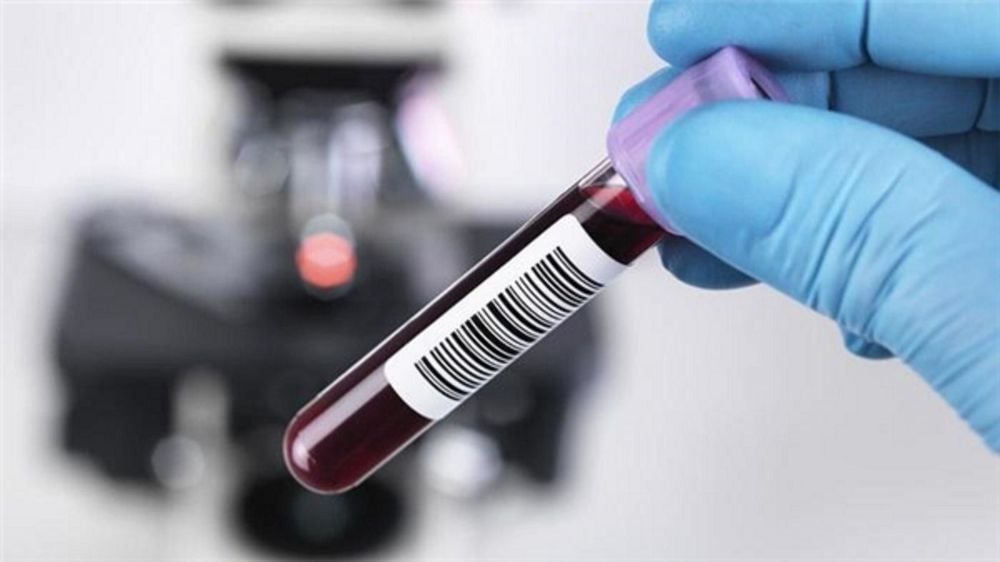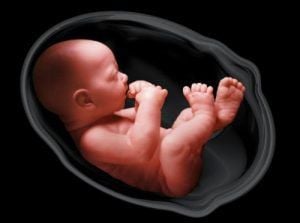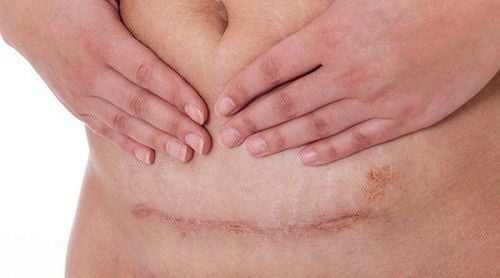This is an automatically translated article.
The article was professionally consulted by Dr. Nguyen Anh Tu - Doctor of Obstetric Ultrasound - Prenatal Diagnosis - Obstetrics Department - Vinmec Hai Phong International General Hospital.The formation of fetal sex is one of the most interesting. But what exactly determines a baby's sex and how fetal genital development occurs during pregnancy.
1. Chromosomes/genes determine sex
Genes determine the sex of a child from conception. Specifically:An embryo carrying an XY chromosome will become a boy An embryo with an XX chromosome will become a girl There are 70 different genes located on the chromosomes that determine the baby's sex. During pregnancy, the process of gene exposure to hormones will have a decisive influence on the anatomical structure, development of the genitals of the fetus, physiological characteristics and behavior of the baby.
2. Originally both sexes were the same
In fact, around the 7th-8th week of pregnancy, both sexes share the same embryonic genital tract. In other words, all babies' primary genitalia are identical at first, then differentiate into male or female genitalia. This means that both types of human genitalia come from the same background: The testicles in men are equivalent to the labia and ovaries in women; The penis is equivalent to the clitoris.All fetuses will develop female genitalia if they do not have the male hormone testosterone. Around week 7 , signals from the Y chromosome will begin directing the body to produce testosterone , from which the male sex organs gradually develop.
3. The development of the fetus's genitals
From the 7th to the 12th week of pregnancy is the period of the most intense fetal genital development3.1 For boys Week 9: A boy's common genital tract begins to form male genitalia, which elongate to form the penis. However, whether it is a penis or a clitoris, they will remain the same size until about week 14. Week 10: The genital bud will become the prostate gland. Week 14: Your baby's urinary system is fully formed. Week 26: The testicles will begin to descend gradually. In the third trimester: This is the period when the fetal penis grows the most. 3.2 For girls In girls, externally, the development of the fetus's genitals does not change much over time, specifically:
11-12 weeks: Ovaries appear. Week 20: A baby girl has about 7 million eggs, which will drop to about 2 million by the time she's born. Week 22: The vagina opens above the perineal surface.

4. Diagnosis of fetal sex
4.1. Through medical tests Ultrasound: Around 18-22 weeks of pregnancy, a level 2 anatomical ultrasound can determine the sex of the fetus as male or female by looking for the penis. However, there are still cases where the diagnosis is wrong because the umbilical cord in girls is mistaken for a penis, or in boys with their legs closed so tightly that the genitals cannot be seen.Non-Invasive Test (NIPT): Done during the 10th week of pregnancy, this test analyzes cells taken from the placenta present in a woman's blood. Although not 100% absolute, the NIPT test will also give results to determine the sex of the fetus with a fairly high degree of accuracy.
Invasive testing: This is the only way to know for sure your baby's sex before birth. Some forms of invasive diagnostic tests include: Amniocentesis, chorionic villus sampling (CVS), or fetal DNA testing.
4.2. Through maternal symptoms Research has shown that certain symptoms in mothers can signal the sex of the fetus. For example:
Women with gestational diabetes : More likely to have a boy because of the greater metabolic changes. Women with asthma: There is often a higher rate of female births, possibly due to an inflammatory response when a mother is carrying a baby girl. Women who are constantly stressed: More likely to have a girl, because girls are less susceptible to adverse conditions if present in the womb. However, the above signs have not been scientifically verified and sometimes the results are contrary to what has been predicted.

5. Factors affecting the sex of the fetus
5.1. Hormones/hormones Although chromosomes determine the development of a fetus's genitals, drugs containing hormones can affect the sex of the fetus. In particular, spironolactone - a drug that lowers blood pressure causes a side effect of lowering testosterone. For this reason, it is important for a pregnant woman to tell her doctor about all the medications she is taking, preferably before deciding to have a baby or as soon as she learns she is pregnant.5.2. Hormone-disrupting chemicals Hormone-disrupting chemicals, which affect fetal genital development, include:
BPA (bisphenol A): Found in a number of plastics. Triclosan and triclocarban: Often found in soaps, toothpastes and antibacterial drugs - cosmetics. Phytoestrogens and hormone-injected animals: Included in the daily diet. High levels of exposure may increase the risk of low urinary tract defects (penis not fully closed) and undescended testicles (undescended testicles) in boys.
To be on the safe side, moms should choose to buy plastic, specifically water bottles and other cooking utensils, that are labeled as BPA-free (BPA-free). In addition, it is recommended to use meat and dairy products from animals that are not treated with hormones. Including organic clean food, organic animals are also rich in omega-3 fatty acids that are very nutritious for the brain.
6. Intersex
With a very rare rate, in about 2,000 cases, an intersex baby is born. This means that the fetus does not have a clear delineation of the function of the XY or XX chromosome pairs. If this is the case, the baby may be born female on the outside but mostly male on the inside.Sometimes a baby's genitals are a mix of male and female, namely a girl born with a very large clitoris or a boy with a small penis. The NIPT test and other prenatal tests can detect disorders in the development of the fetus's genitals in the womb.
The development of the fetal genitals is determined by two genes XX (girls) or XY (boys). From week 10 onwards, you can do some tests to find out the sex of the baby early. In addition, certain hormonal and chemical factors can affect the sex of your baby. Therefore, mothers need to coordinate well with the obstetrician throughout pregnancy to ensure the baby's healthy development.
Ultrasound is the safest, most accurate and cost-effective sex diagnosis method today. The level of accurate fetal sex diagnosis or not depends greatly on the experience and expertise of the technicians and equipment. Therefore, you should choose a medical facility for ultrasound based on these two factors.
Vinmec International General Hospital is trusted by pregnant women, the first choice for ultrasound. The team of medical doctors and technicians at Vinmec are all highly trained in fetal ultrasound, prenatal diagnosis, performing diagnostic intervention techniques in fetal medicine, providing accurate results. high. The system of ultrasound equipment is completely imported, with high quality, clear images, many modern functions, supporting more accurate ultrasound diagnosis. In addition, Vinmec fully has the best human and material resources to help pregnant women perform sex diagnosis by other modern methods such as NIPT, fetal DNA testing, amniocentesis.
If a pregnant woman needs to diagnose the sex of the fetus, please book an appointment directly at the website or contact the hotline for detailed advice.
Please dial HOTLINE for more information or register for an appointment HERE. Download MyVinmec app to make appointments faster and to manage your bookings easily.
Article reference source: Whattoexpect.com; ncbi.nlm.nih.gov







![[Video] The importance of prenatal diagnostic testing](/static/uploads/small_20190724_084208_028413_xet_nghiem_max_1800x1800_jpg_1d7ac45f78.jpg)





